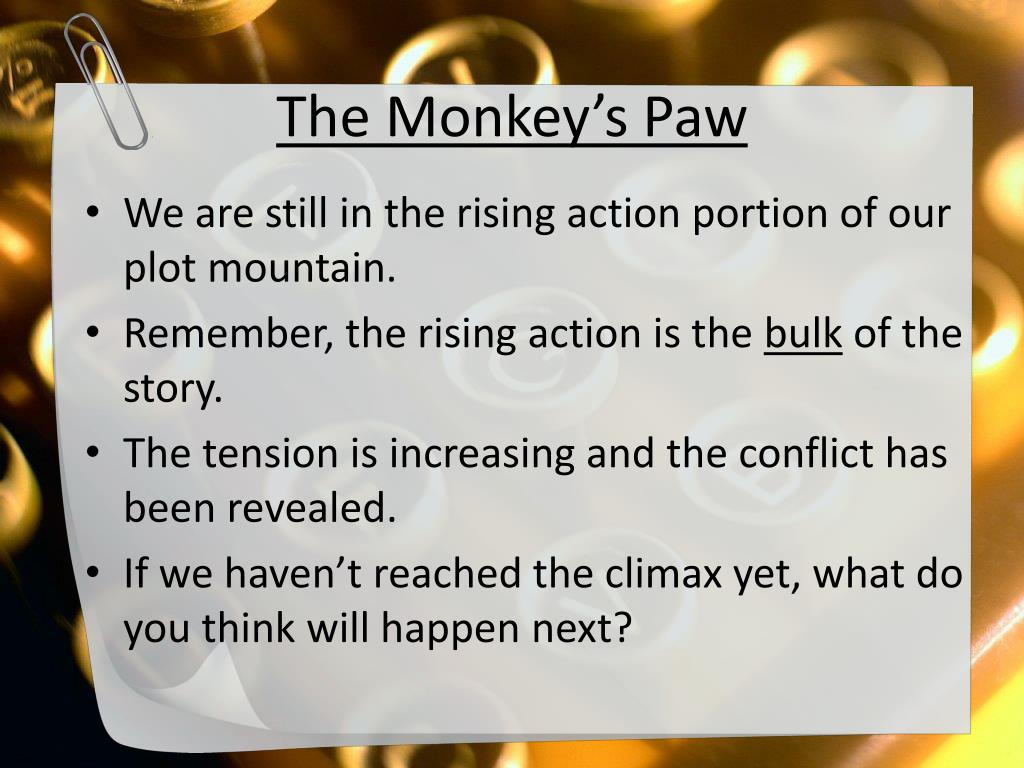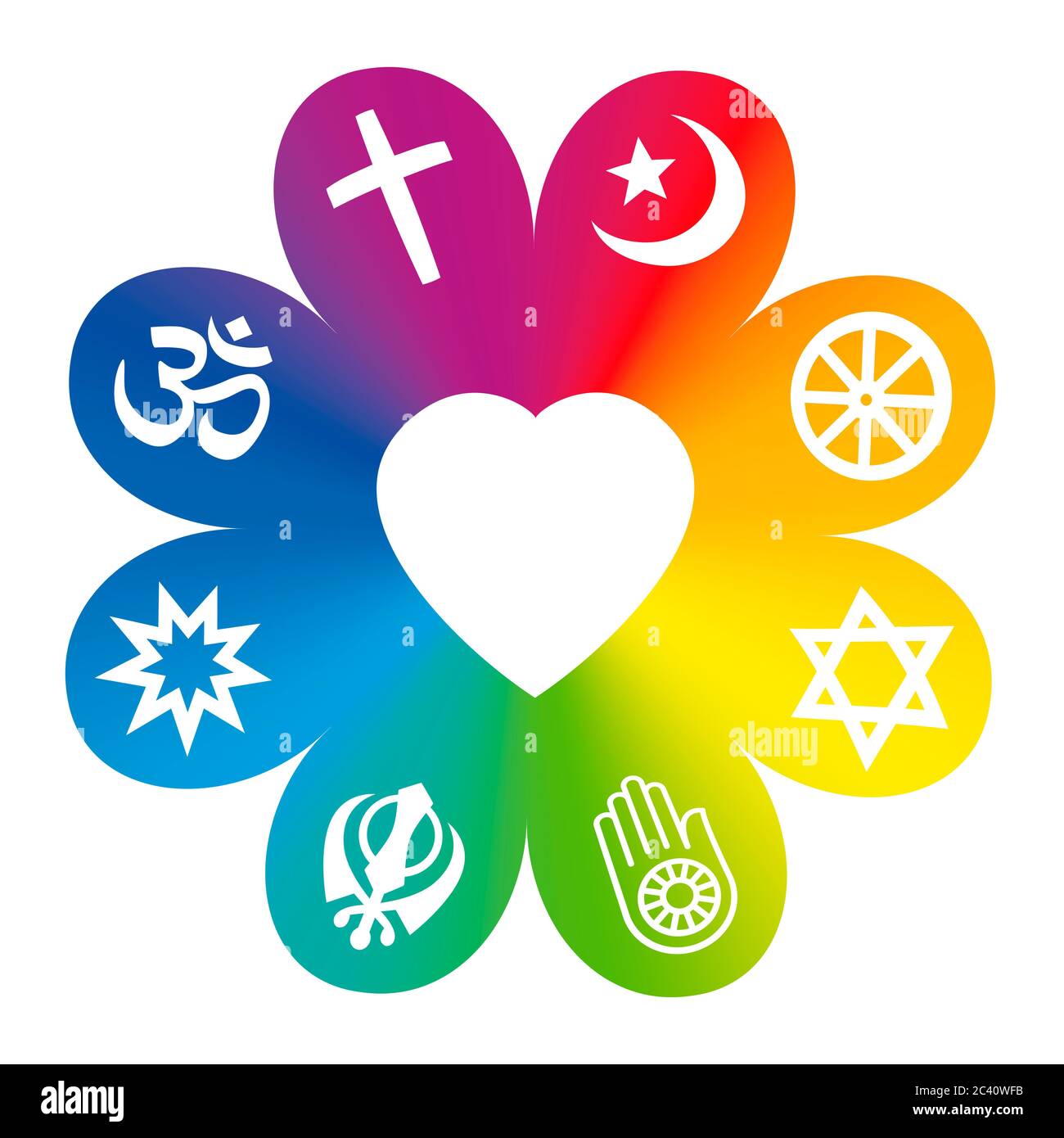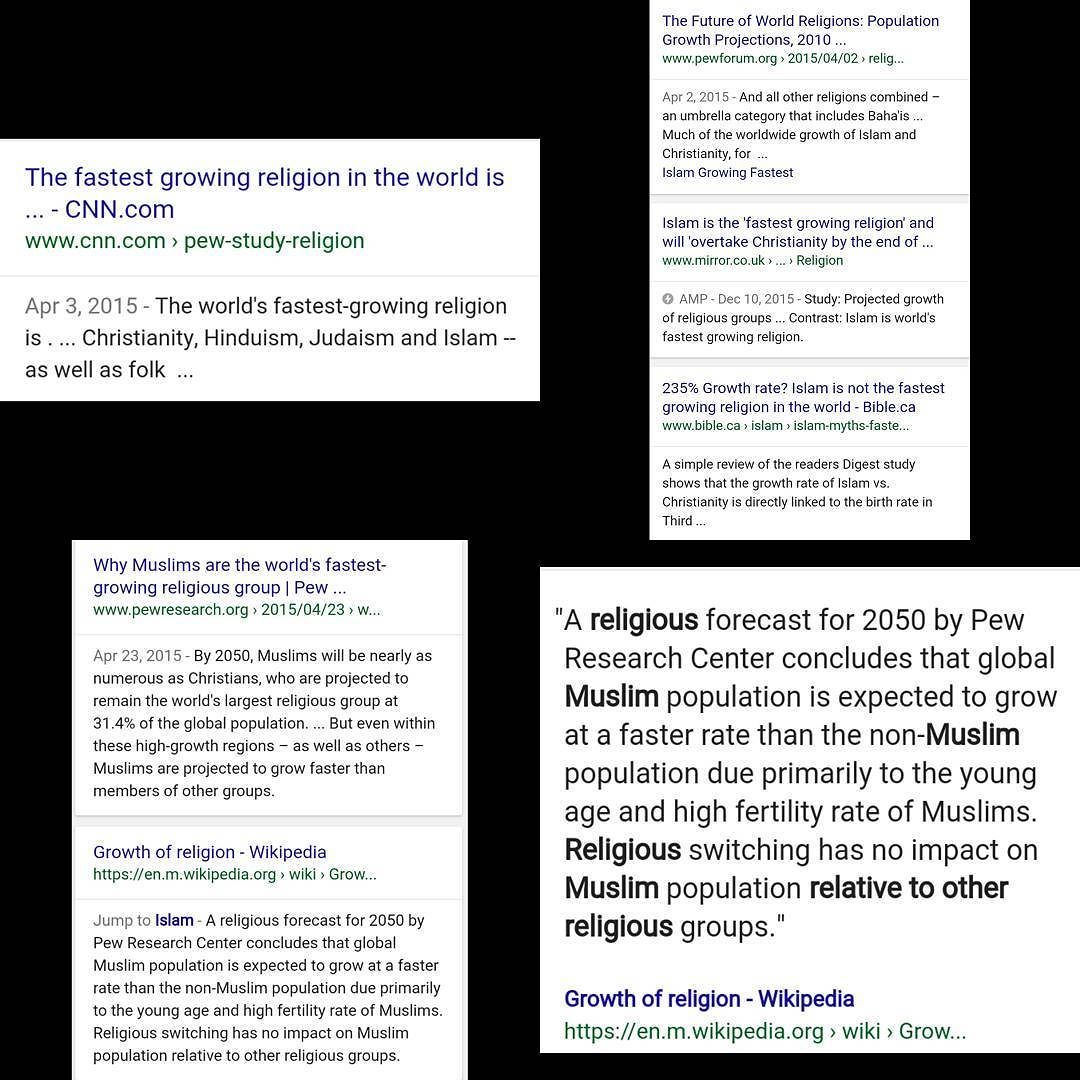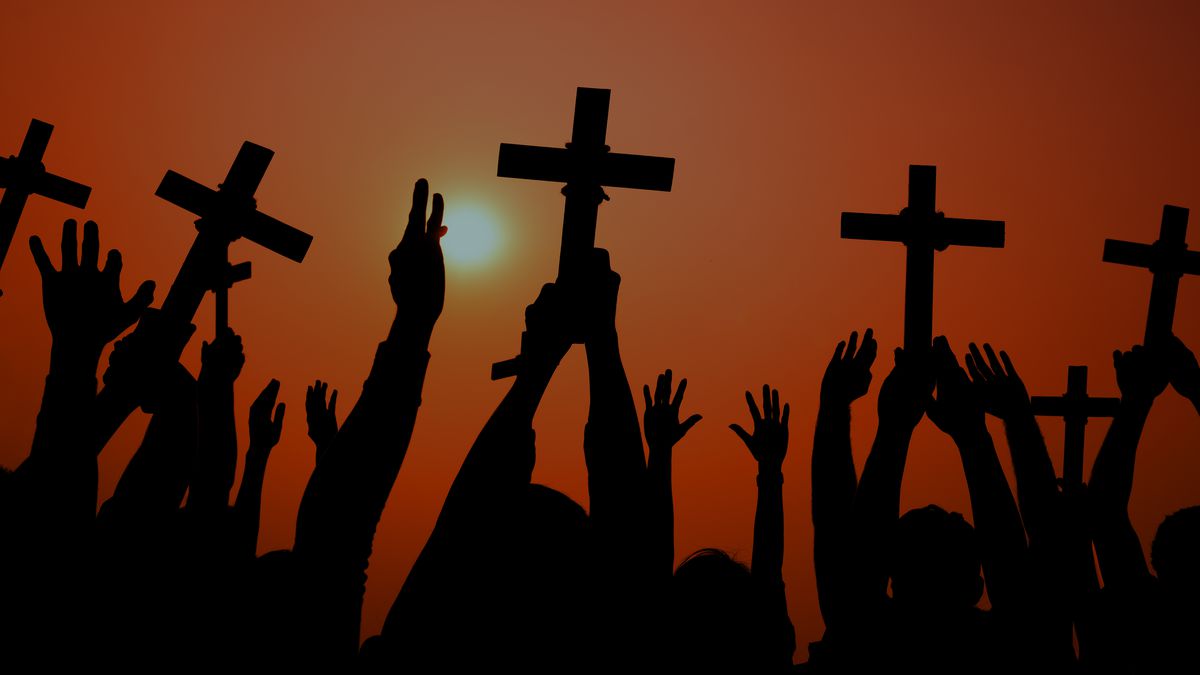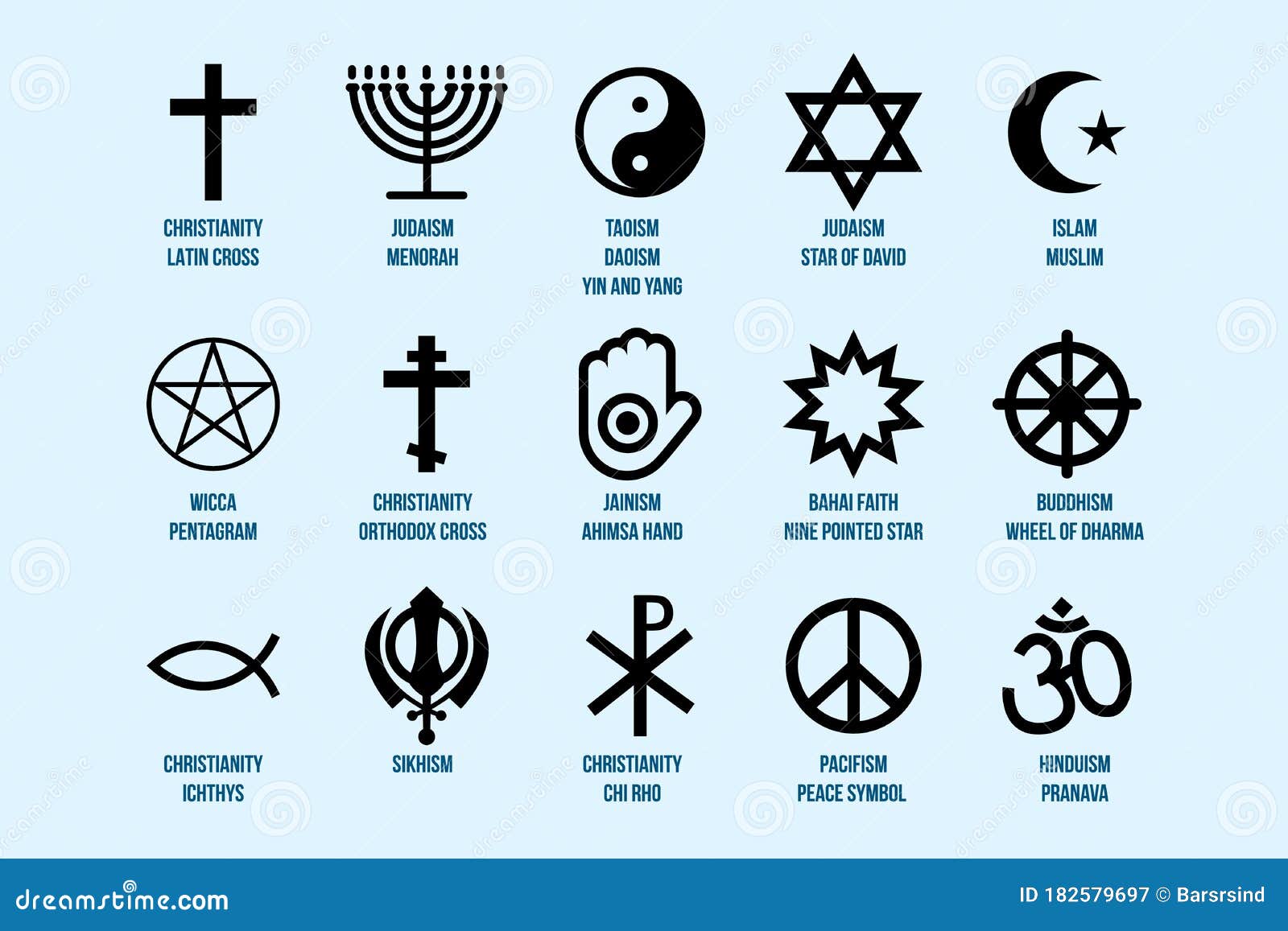Exploring Humanity’s Oldest Religions: Origins, Evolution, and Enduring Influence
Introduction: Understanding the Search for the Oldest Religion
The question of which is the oldest religion has fascinated humanity for generations. People seek to understand not only the origins of spirituality but also how ancient beliefs continue to influence modern societies. The answer is complex, as religious traditions often predate written history, making definitive answers elusive. This article delves into what is known, explores key contenders for the oldest religion, and offers guidance for those wishing to learn more or connect with these traditions today.
Defining ‘Oldest Religion’: Oral Traditions vs. Written Records
Before examining specific faiths, it is crucial to understand how scholars define the term “oldest religion.” The earliest evidence of religious practice often comes from archaeological discoveries, such as burial rituals, which suggest beliefs in an afterlife. However, organized religions as we recognize them today typically emerged after the invention of writing, which allowed for the preservation of religious texts and doctrines [3] . Oral traditions existed long before written records, but they are challenging to date precisely. As a result, what we know as the ‘oldest religion’ depends on whether we prioritize archaeological evidence, oral traditions, or written scriptures.
Hinduism: The Enduring Ancient Faith
Hinduism
is widely considered one of the world’s oldest surviving religions. Its roots trace back to the
Indus Valley Civilization
and the subsequent Vedic period, with foundational texts such as the
Rigveda
dating to around 1500 BCE
[4]
[5]
. Hinduism, known as
SanÄtana Dharma
or “eternal order,” is unique in that it has no single founder and is the result of a fusion of multiple ancient Indian cultures. Its vast array of scriptures, philosophies, and practices-including rituals, meditation, yoga, and temple worship-continues to shape the lives of millions in India, Nepal, and the global diaspora.
The
Vedas
(Rigveda, Yajurveda, Samaveda, Atharvaveda) are regarded as the oldest sacred texts in Hinduism, composed in Sanskrit over a period of centuries. The blending of indigenous Harappan beliefs with Indo-Aryan traditions created a rich, adaptable faith that has evolved through the millennia. If you wish to explore Hinduism’s history, you can visit local Hindu temples, connect with cultural organizations, or read translations of the Vedas available in libraries and online resources. Consider searching for “Hinduism history” or “origins of the Vedas” through established academic platforms for further study.
Zoroastrianism: The Oldest Monotheistic Religion?
Another major contender for the title of “oldest religion” is
Zoroastrianism
. Some archaeological evidence suggests that Zoroastrian practices may date as far back as 10,000-7,000 BCE, though scholarly consensus on these dates is lacking
[1]
. Zoroastrianism is notable for being among the earliest monotheistic religions, centered on the worship of Ahura Mazda. Its sacred texts, the
Avesta
and
Yasna
, provide insight into ancient Persian spirituality.
Zoroastrianism’s influence extends beyond its community of followers. Many scholars believe it shaped the development of later Abrahamic religions, including Judaism, Christianity, and Islam. Today, Zoroastrianism is practiced by a small but vibrant community, primarily in Iran, India (by the Parsi community), and parts of Iraq. If you are interested in learning more, you can reach out to Zoroastrian associations, seek out documentaries or reputable academic publications, and explore museum exhibits featuring artifacts from ancient Persia.
Other Ancient Religions: Egypt, Sumer, and Beyond
While Hinduism and Zoroastrianism are often cited as the oldest surviving religions, many other ancient traditions played foundational roles in human history. For example, the
religious texts of ancient Egypt
, such as the Pyramid Texts dating to between 2400 and 2300 BCE, represent some of the earliest recorded religious writings
[2]
[3]
. Sumerian mythology, preserved in the
Epic of Gilgamesh
, and the polytheistic practices of the Minoan civilization and Shang dynasty China, also illustrate the diversity of early religious expression.
Judaism, often recognized as the earliest Abrahamic faith, traces its origins to the covenant between Abraham and God, estimated around 2000 BCE. The Torah and other Hebrew scriptures were developed over many centuries and remain central to Jewish worship and identity [4] .
If you wish to study these ancient faiths, you can visit public museums with archaeological collections, access digital archives of sacred texts, or enroll in university courses on comparative religion and ancient civilizations. Search for terms like “ancient Egyptian religion,” “Sumerian mythology,” or “origins of Judaism” on trusted educational websites or through platforms such as university library portals.
Challenges in Identifying the Oldest Religion
Determining the oldest religion is complicated by several factors. First, much of humanity’s spiritual history predates written records. Archaeologists infer ancient beliefs from burial sites, figurines, and cave paintings, but these findings do not always correspond to organized religions as we know them today [3] . Second, oral traditions, which may be thousands of years old, often leave little physical evidence.

Source: spiritualculture.org
Moreover, religious ideas often evolve, merge, or disappear over time. Many ancient religions, such as those practiced by indigenous peoples worldwide, may have left only fragmentary evidence. To explore these, you can consult anthropological studies, attend cultural heritage events, or connect with indigenous organizations to learn about ongoing traditional practices.
How to Explore and Learn About Ancient Religions
If you are interested in the origins of the world’s oldest religions, there are several actionable steps you can take:
- Visit reputable museums and cultural centers that feature ancient religious artifacts and exhibits.
- Read translations of sacred texts, such as the Vedas, Avesta, Torah, or ancient Egyptian Pyramid Texts, through university libraries or official digital archives.
- Enroll in online courses or attend lectures on world religions, ancient civilizations, or anthropology offered by accredited universities or respected educational organizations.
- Connect with cultural and religious organizations in your community to experience traditional rituals and learn from practitioners.
- Consult scholarly books and articles, searching for keywords like “history of religion,” “ancient spirituality,” or “origins of [specific religion].”
For those seeking a deeper connection, consider participating in guided tours of historical sites, joining study groups, or reaching out to religious leaders who can provide personal insights into living traditions.
Key Takeaways and Further Steps
While Hinduism and Zoroastrianism are often cited as the oldest surviving religions, the reality is that religious expression is as old as humanity itself. Ancient Egyptian, Sumerian, and various indigenous traditions also played crucial roles in shaping human spirituality. Because definitive answers remain elusive, ongoing research and personal exploration are essential.
To continue your journey, you can:

Source: oldest.org
- Visit the official websites of museums and educational institutions for up-to-date resources and event information.
- Search for local cultural events and interfaith dialogues that focus on the history of religion.
- Consult academic databases or public libraries for scholarly works on ancient religions.
- Reach out to community leaders or educators specializing in religious studies for personalized guidance.
Remember, exploring the world’s oldest religions is a journey that can enrich your understanding of both history and the enduring quest for meaning.
References
- [1] Oldest.org (2025). 8 Oldest Monotheistic Religions in the World.
- [2] Wikipedia (2024). Timeline of Religion.
- [3] Wikipedia (2024). Evolutionary Origin of Religion.
- [4] Times of India (2024). 10 Oldest Religions in the World.
- [5] Jagran Josh (2024). Oldest Religion in the World: Check Details Here!
MORE FROM cheerdeal.com
